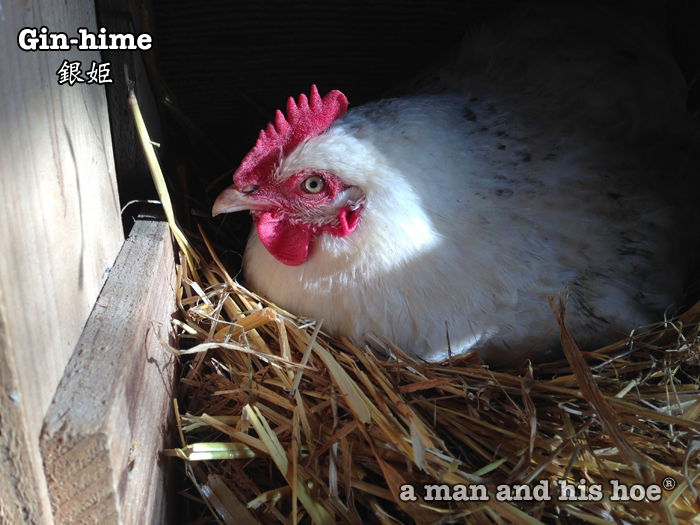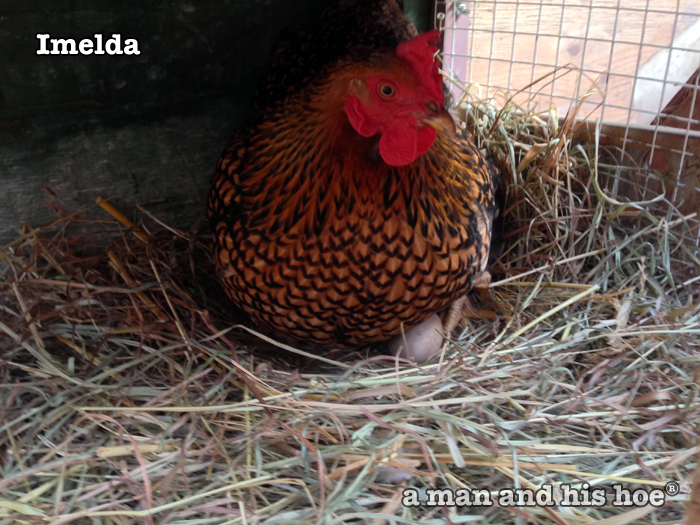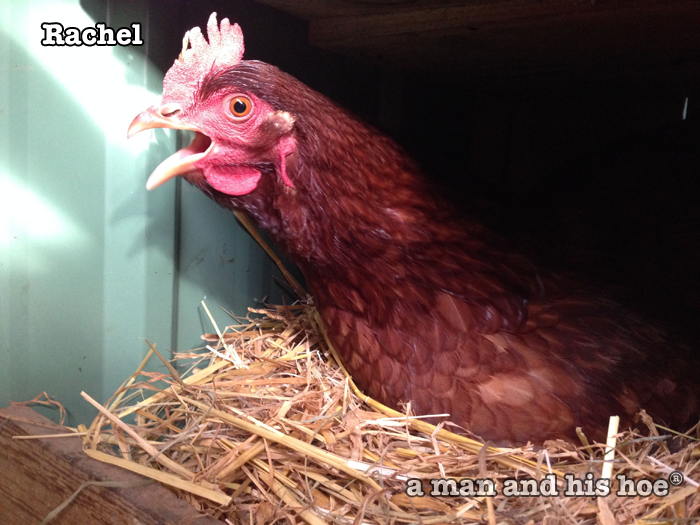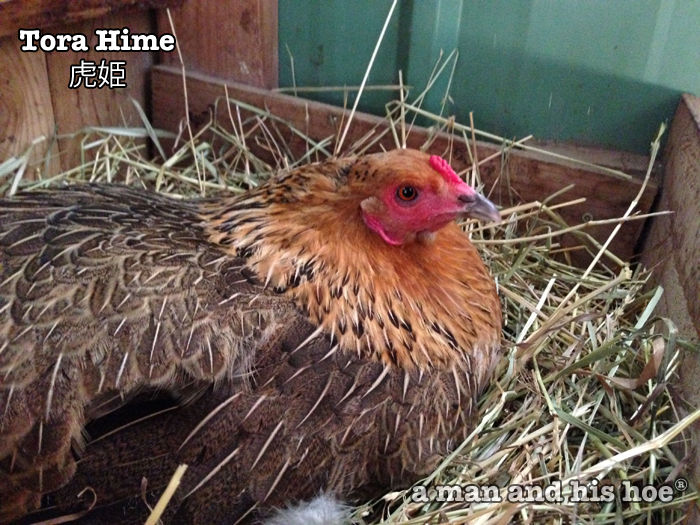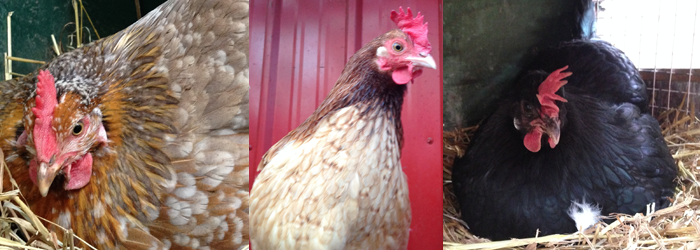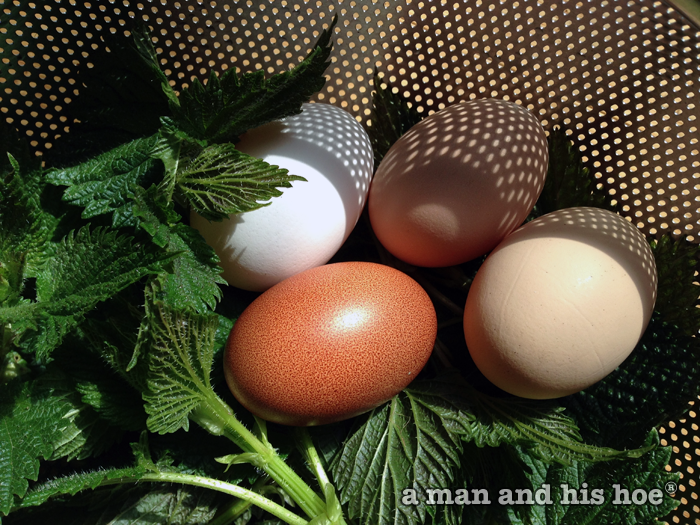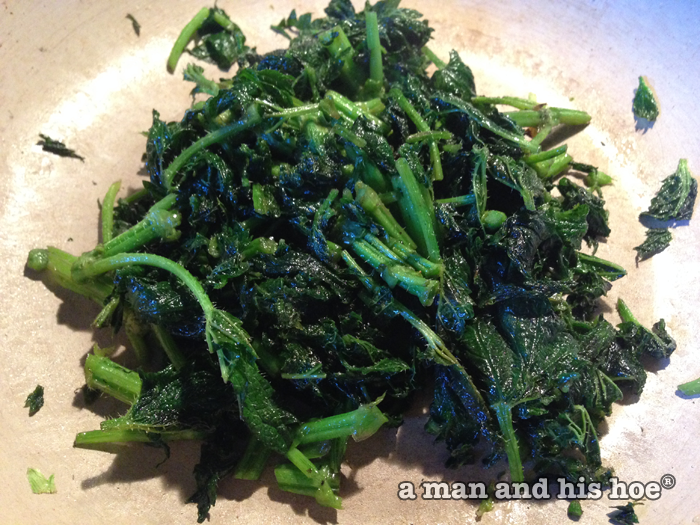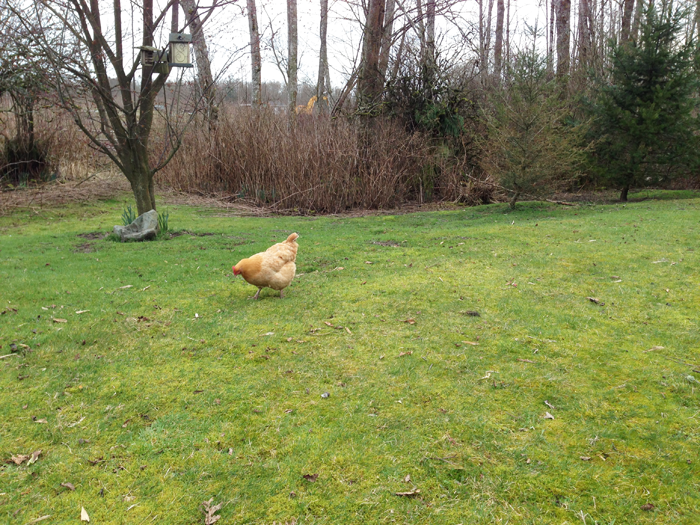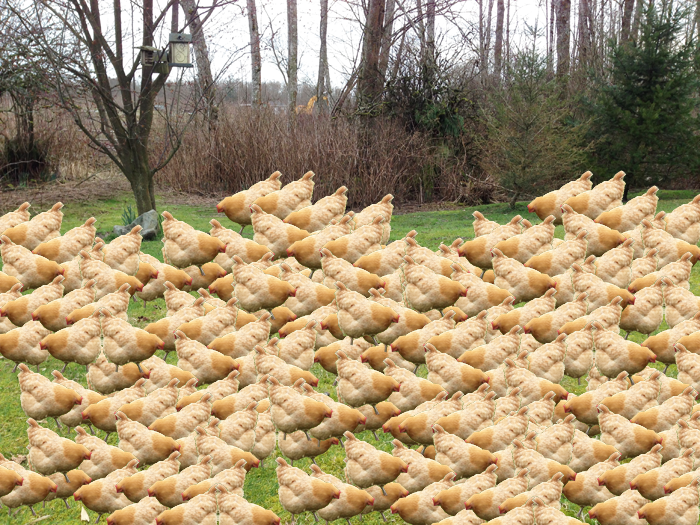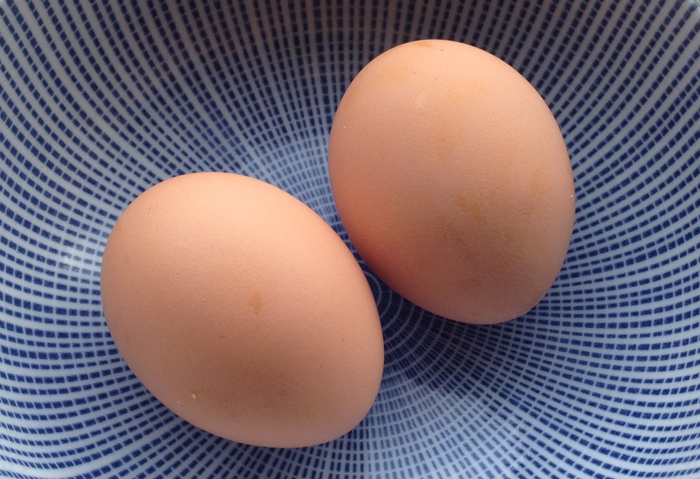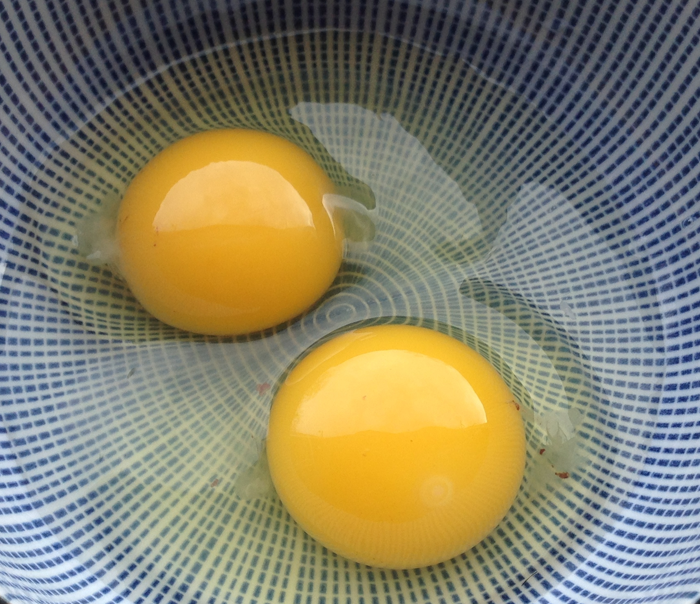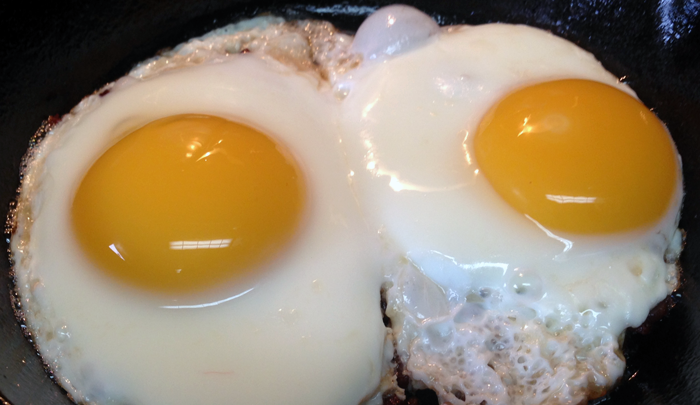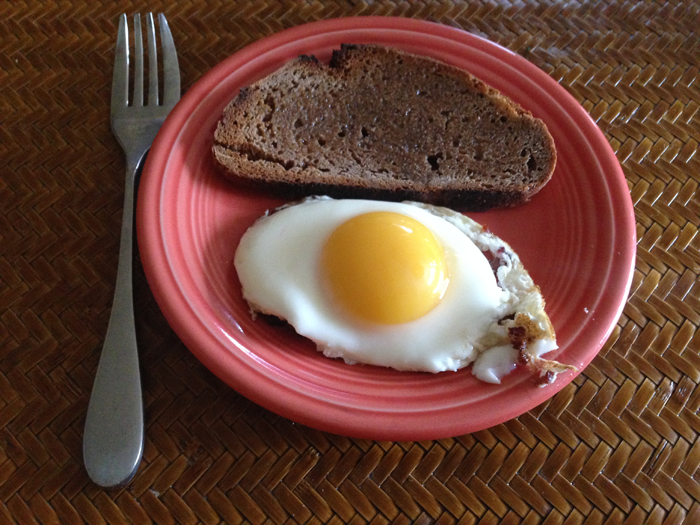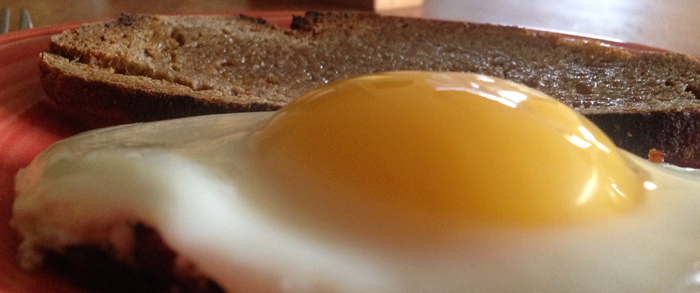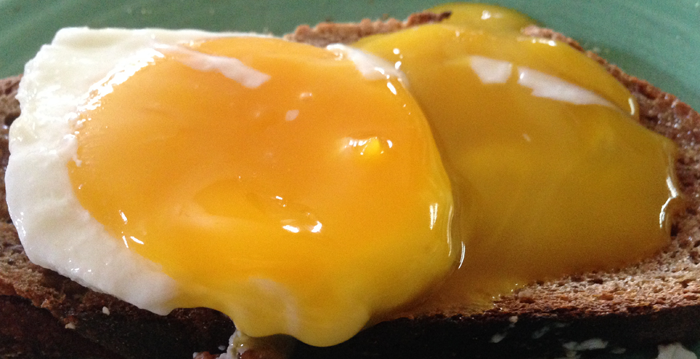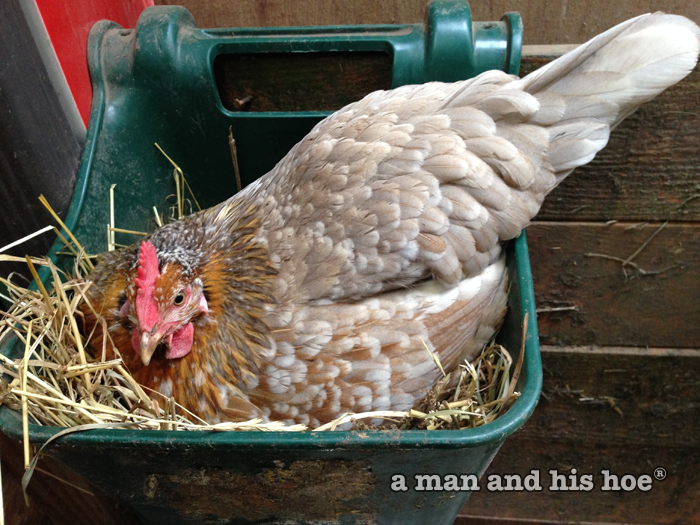If we eat eggs, chicken, or other animals, we are all concerned about how they are raised. But it’s impossible to go visiting all the farms which produce our food, especially when we live in cities long distances from the farms. And often, it’s not clear exactly which farm raised the egg, dairy, and meat products we are buying.
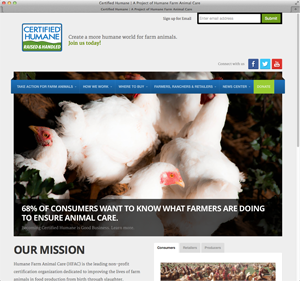 So we rely on others to monitor the farms and let us know if they are treating their animals humanely. One such organization is Humane Farm Animal Care (HFAC). To help consumers pick products which are humanely raised and handled, they have developed a Certified Humane label, farms and producers can place on their products. According to their webiste:
So we rely on others to monitor the farms and let us know if they are treating their animals humanely. One such organization is Humane Farm Animal Care (HFAC). To help consumers pick products which are humanely raised and handled, they have developed a Certified Humane label, farms and producers can place on their products. According to their webiste:
The goal of the program is to improve the lives of farm animals by driving consumer demand for kinder and more responsible farm animal practices.
This sounds fantastic, but I was wondering what they consider to be a humane way of treating chickens. So I went to their standards page where they list their standards. They have separate standards for beef cattle, broiler chickens, laying hens, dairy cows, goats, pigs, sheep, turkeys, young dairy beef, and bison.
Their broiler chicken standards has rules for feed, water, buildings, floor and litter, lighting, space allowance, thermal environment and ventilation, environmental enrichment, free-range, provisions for chicks, as well as standards covering management, health care practices, transportation, and processing.
Many of the standards seem fine, however when it comes to the space allowance, they consider giving 1 square foot for ever 6 pounds of chicken to be humane. This works out to about 1 and a half to 2 square feet per chicken. If I was purchasing a chicken which had a Certified Humane label, I would expect that it be raised in a much less crowded condition.
HFAC allows housed laying hens to be kept in even more crowded conditions. Depending on the type of housing, acceptable densities range from just 1 square foot per hen to 1.5 square feet per hen. In a hundred square foot area (a small 10 by 10 foot bedroom) HFAC will accept putting 66 to 100 hens. It boggles my mind how this could possible be considered humane treatment of laying hens.
For pastured hens, HFAC allows farmers to raise 1,000 chickens on 2.5 acres, or 400 chickens per acre. For free range hens, HFAC’s minimum outdoor space is just 2 square feet per hen.
Are these standards truly humane?
Ever wonder what the hens look like which laid your a man and a hoe® eggs? Here are photos of a few of the egg layers here.
